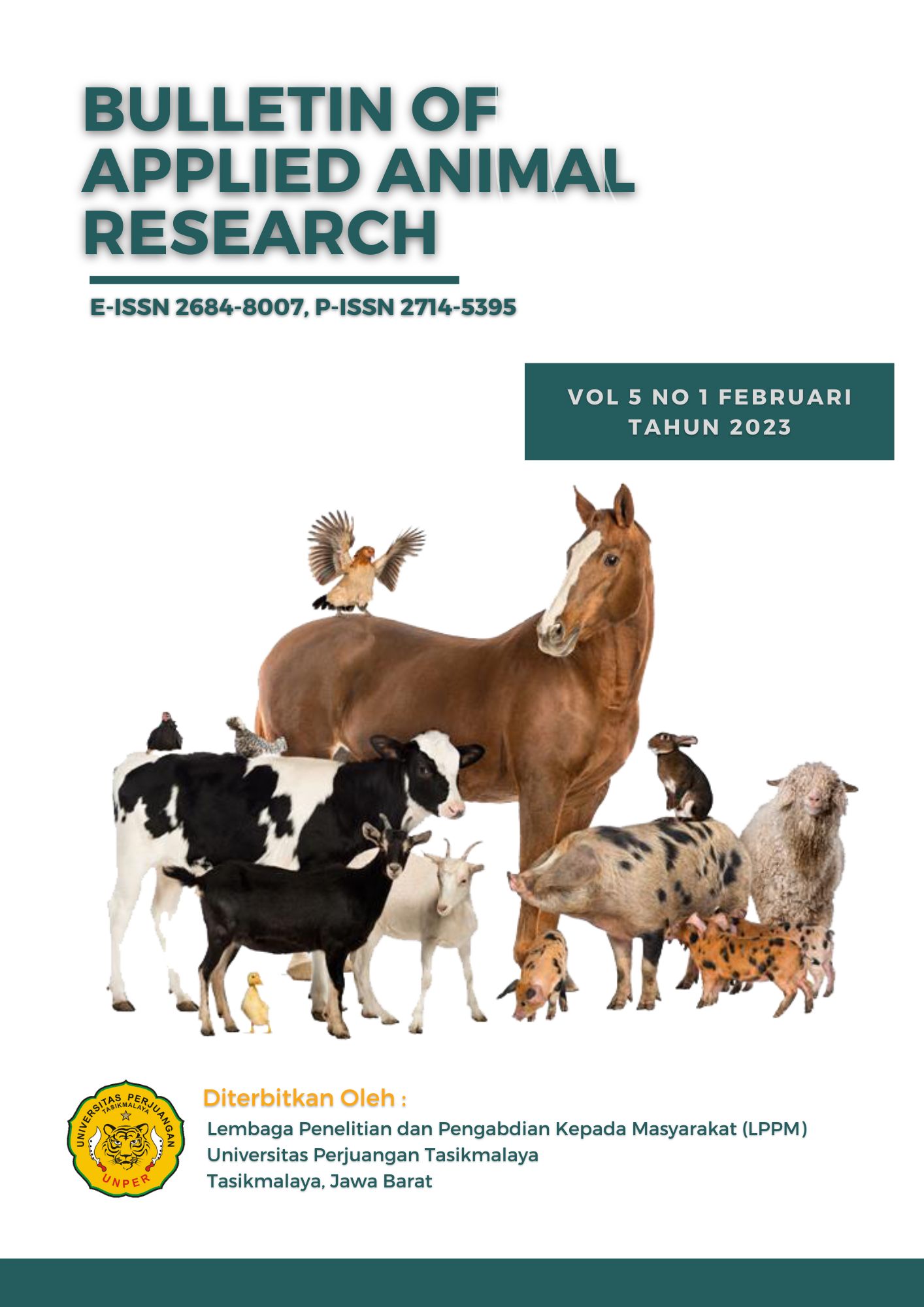Effect of Utilization of Cinnamon Extract (Cinnamomum burmanii) on Organoleptic and White Moisture Content Magelang Duck Salted Egg
DOI:
https://doi.org/10.36423/baar.v5i1.1233Abstract
Duck eggs are one of the food commodities that are useful for nutritional needs of the human body. The protein content in egg white is quite high, which is more than 50%. The high protein content causess the nature of the egg white to be easily damaged due to evaporation of water and contaminnation of microorganisms. One of the efforts to maintain the quality of duck eggs is to make salted eggs with the addition of cinnamon (Cinnamomum burmanii). One of the innovations in making salted eggs can adding cinnamon as a natural flavor. This study was aimed to find out the addition of the best concentration of cinnamon extract (Cinnamomum burmanii) in salted eggs making on organoleptic and water content of albumen salted egg of Magelang ducks. The method used was a Completely Randomized Design (CRD) with 4 different concentrations of cinnamon extract (0; 2.27; 4.44; and 6.52%) and 5 replications. Data were analyzed by means of variance (ANOVA) at 1% and 5% significance levels, and significant differences between treatments were analyzed by Duncan Multiple Range Test (DMRT). The results showed that the addition of cinnamon extract to 6.52% in the albumen of salted egg of Magelang duck had a very significant effect on the color with a value of 1.60 (very white) white (1.92-2.15), but had no significant effect on aroma with a value of 2.53-2.95 (fishy-slightly fishy), texture 3.28-3.41 (slightly dense), taste 3.09-3.80 (slightly salty), preference 2, 93-3.24 (somewhat like) and water content with a value of 82.10-83.90%. It is concluded that the addition of cinnamon extract (Cinnamomum burmanii) to 6.52% did not change the aroma, texture, taste, preference, and water content but did change the color of the salted egg white of Magelang duck.












